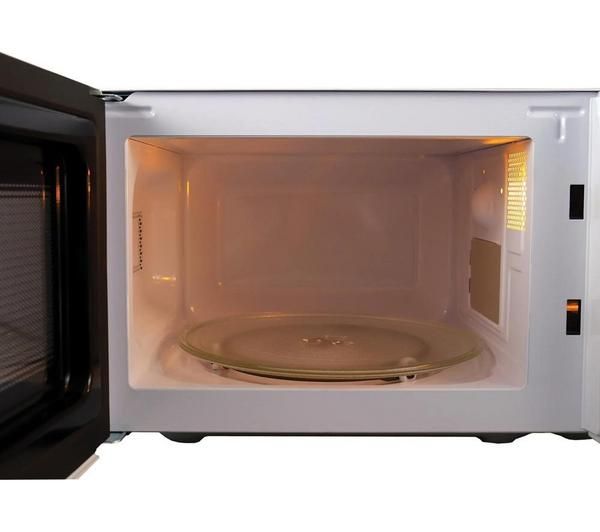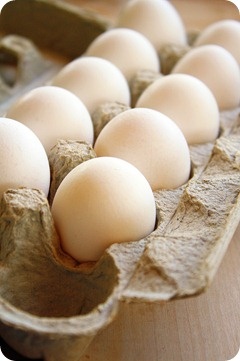
Most of us are guilty of throwing pretty much anything into the microwave when in a hurry. We’ve been there, standing in front of that humming box of convenience, ready to zap whatever’s in front of us without giving it a second thought. But here’s the thing: our beloved microwave isn’t always the quick solution we think it is.
Foods That Lose Their Nutritional Value
Certain foods actually lose most of their health benefits when you microwave them. Broccoli is a perfect example. When you microwave this food, you can lose up to 97% of its antioxidants.
Spinach and other leafy greens are also problematic in the microwave. The heat can convert the nitrates in these vegetables into potentially harmful compounds.
Dangerous Foods That Can Explode or Cause Burns

Some foods can literally explode in your microwave. Whole eggs are basically tiny bombs waiting to go off. The pressure builds up inside the shell.
Grapes are another surprising danger. They can actually catch fire in the microwave due to their high water content and shape. Hot peppers are also risky because they can release capsaicin into the air, which can irritate your eyes and throat when you open the microwave door.
Anything with a tight skin or membrane, like tomatoes, hot dogs, or potatoes, can burst from the pressure buildup. Always pierce these foods before microwaving, or better yet, use alternative heating methods.
Items That Create Toxic Situations
This is probably the most important section because it’s about your safety. Plastic containers, even ones labeled as “microwave-safe,” can release harmful chemicals when heated.
Styrofoam containers are a big no-gos. They can melt and release toxic fumes that you definitely don’t want in your food or your lungs.
Aluminum foil is another obvious danger that some people still risk. It can cause sparks and potentially start fires. Even small pieces on food packaging can be problematic.
Better Alternatives for Reheating
So what should you do instead? For vegetables, try steaming them gently on the stovetop or eating them cold in salads. Fried foods are fantastic in an air fryer or conventional oven. Soups and stews reheat beautifully on the stovetop where you can control the temperature better.
For foods that must be microwaved, use glass containers, cover them with a microwave-safe lid or paper towel, and heat in shorter intervals, stirring between each round.

